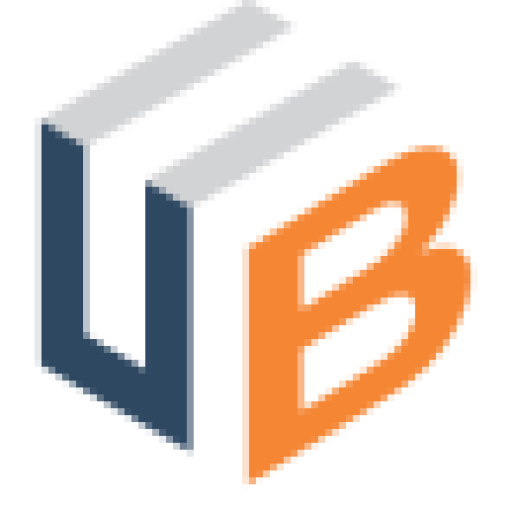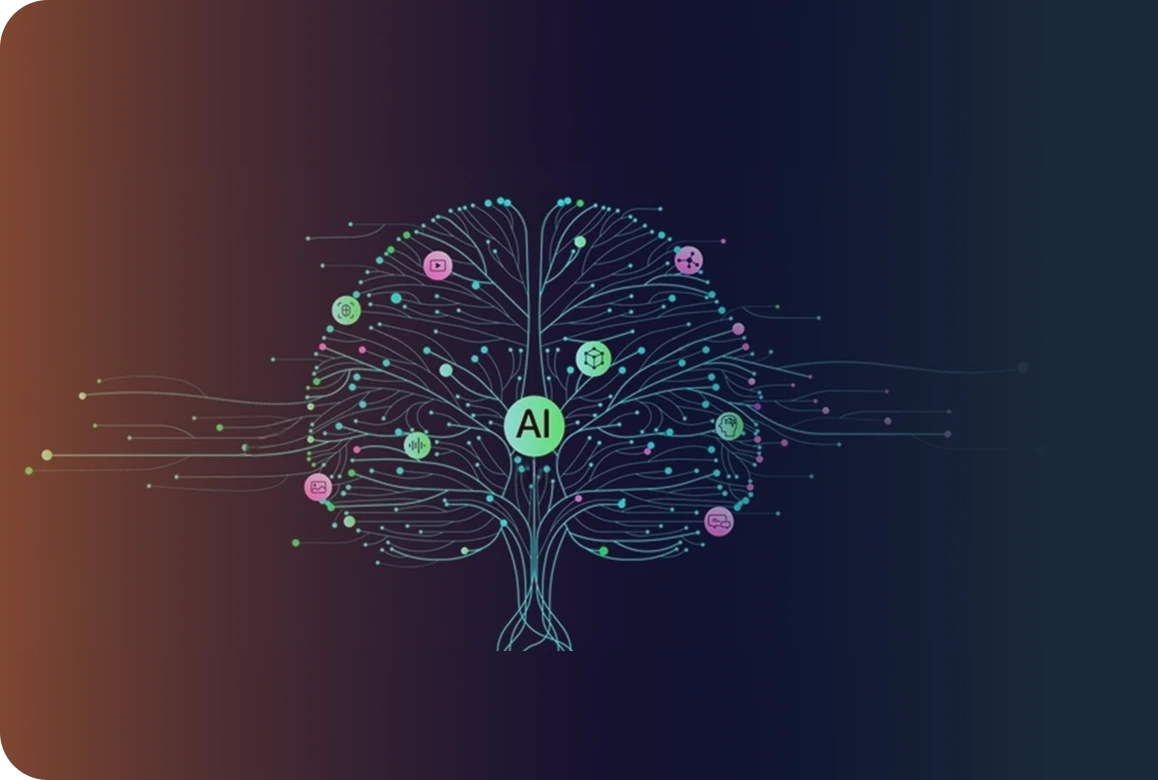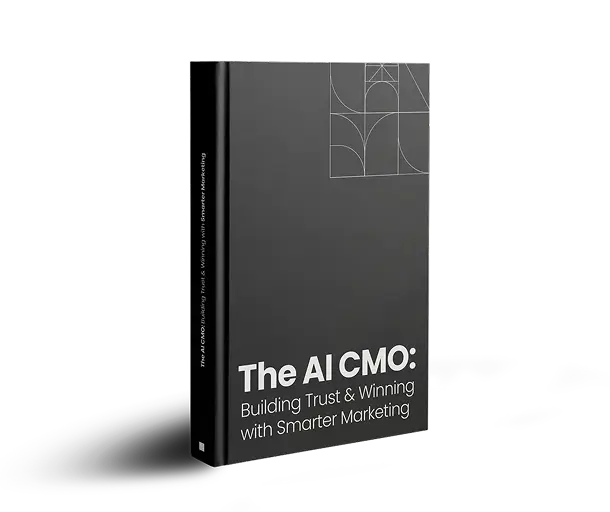
Highlights:
- Increasing B2B ad budgets without clear targeting or intent alignment often results in wasted spend rather than increased pipeline.
- Paid demand generation is most effective when driven by buyer intent data and focused on generating high-quality leads, rather than volume.
- Choosing the right paid channels and matching ad content to the buyer’s stage improves engagement and conversion.
- Aligning sales and marketing around campaign data turns ad engagement into qualified pipeline and measurable revenue.
Introduction
“B2B ad budgets are increasing, but so is wasted spend.”
Despite growing budgets, many B2B marketers are seeing little to no improvement in pipeline or revenue. Why? Many B2B marketers still fall into the trap of thinking that scaling paid demand is just about increasing ad budgets. More spending equals more leads, and more leads equal more revenue, right? Not quite.
The reality is that smart scaling has very little to do with how much you spend. It’s about how precisely you target, how well you align with buyer intent, and how clearly your campaigns are tied to revenue outcomes, not just reach or impressions. Today, success comes from doing less but doing it better and smarter with the right intent data, the right message, and the right platform.
In this article, you’ll learn how to use paid demand generation strategically to create, capture, and convert high-quality demand. We’ll cover how to align your paid efforts with sales enablement, select the best ad platforms for your audience, and measure success using the KPIs that matter most for pipeline growth.
At UnboundB2B, we help B2B brands cut through the noise with demand generation strategies that prioritize precision, performance, and ROI. Our demand generation services are designed to help you scale smart and not just scale big.
What is Paid Demand Generation in B2B?
Paid demand generation is the strategic use of paid media to drive awareness, interest, and conversion throughout the buyer journey. It’s not just lead gen. It’s about generating demand, the kind that translates into qualified pipeline and revenue.
In the broader demand generation marketing ecosystem, paid ads play a crucial role in amplifying content, accelerating intent, and scaling reach to the right audiences.
But here’s the distinction:
Paid Lead Generation: Focuses on form fills and contact capture.
Demand Generation-Led Paid Strategy: Focuses on nurturing demand across touchpoints like educating early-stage buyers, capturing intent, and supporting conversion.
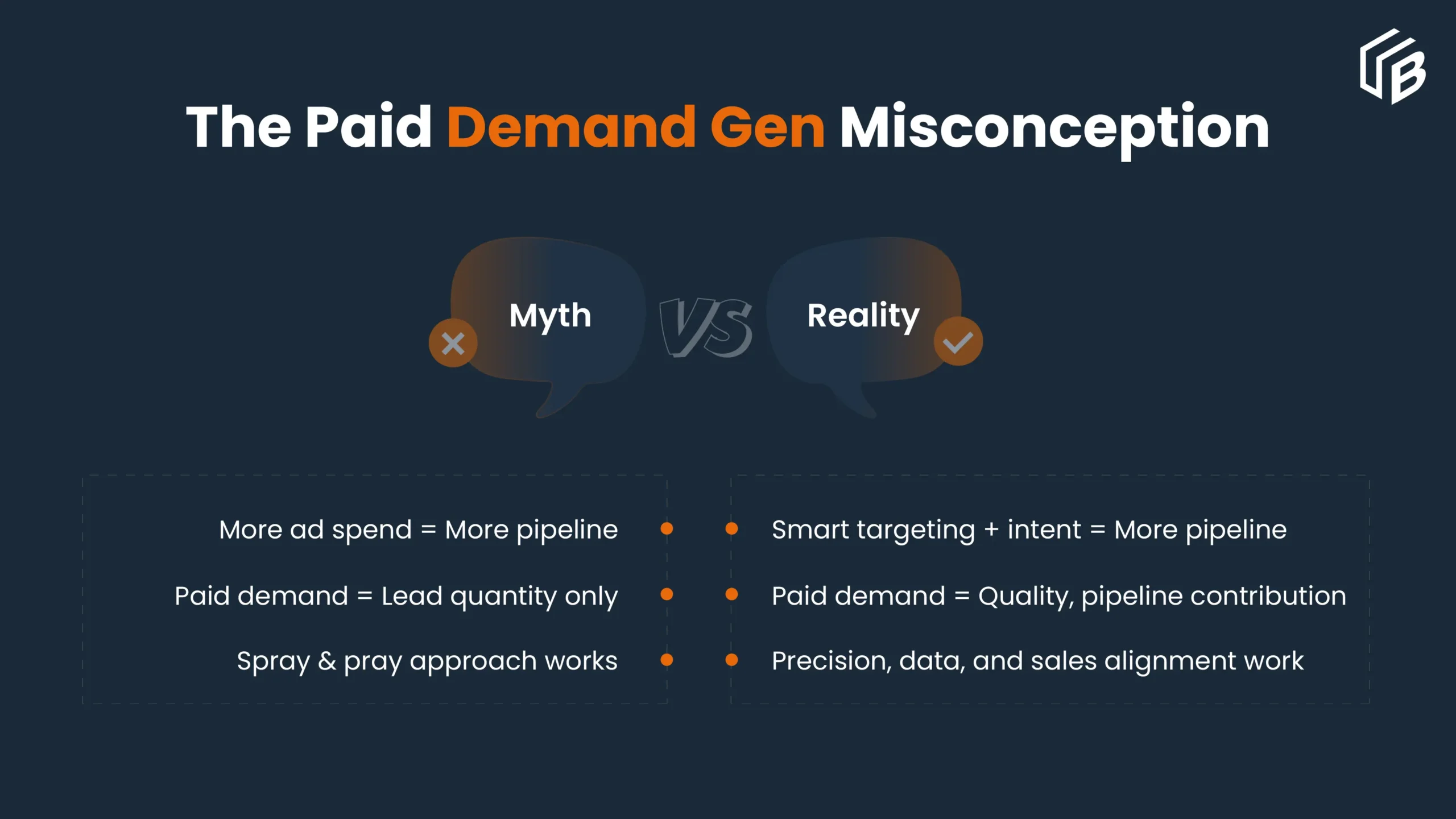
Today, AI-driven B2B ad targeting makes this even more effective. Predictive models, firmographic filters, and behavioral signals help you reach accounts before they hit the “request a demo” button.
Why More Budget Alone Doesn’t Equal More Pipeline
Spending more on ads doesn’t always lead to better results. In fact, 61% of B2B marketers say generating high-quality leads is their biggest challenge even as budgets grow. Meanwhile, companies that excel at lead nurturing generate 50% more sales-ready leads at 33% lower cost.
When B2B marketers increase ad spend without a clear strategy, they often encounter diminishing returns, where costs climb but impact flattens. This leads to wasted budget, inflated cost-per-lead, and mounting pressure to prove ROI.
Here are some common mistakes:
Poor Targeting: Ads are shown to the wrong audience, resulting in low-quality leads.
Focusing on Vanity Metrics: Metrics like impressions and clicks may look impressive, but they don’t always reflect real business impact.
Misalignment with Buyer Intent: When ads don’t match where the buyer is in their journey, engagement drops and conversion suffers.
To generate real pipeline growth, paid demand strategies must focus on accuracy and alignment. This means targeting the right people at the right time with the right message and making sure your marketing and sales teams are working from the same playbook.
The key takeaway? More budget only works when it’s backed by smarter execution. Success in paid demand generation isn’t about doing more, it’s about doing better. That means building campaigns around real buyer behavior, prioritizing high-intent signals over broad impressions, and continuously refining based on performance insights. When strategies are rooted in data, aligned with buyer needs, and integrated across teams, paid media becomes a true driver of the pipeline, not just a line item in your spend report.
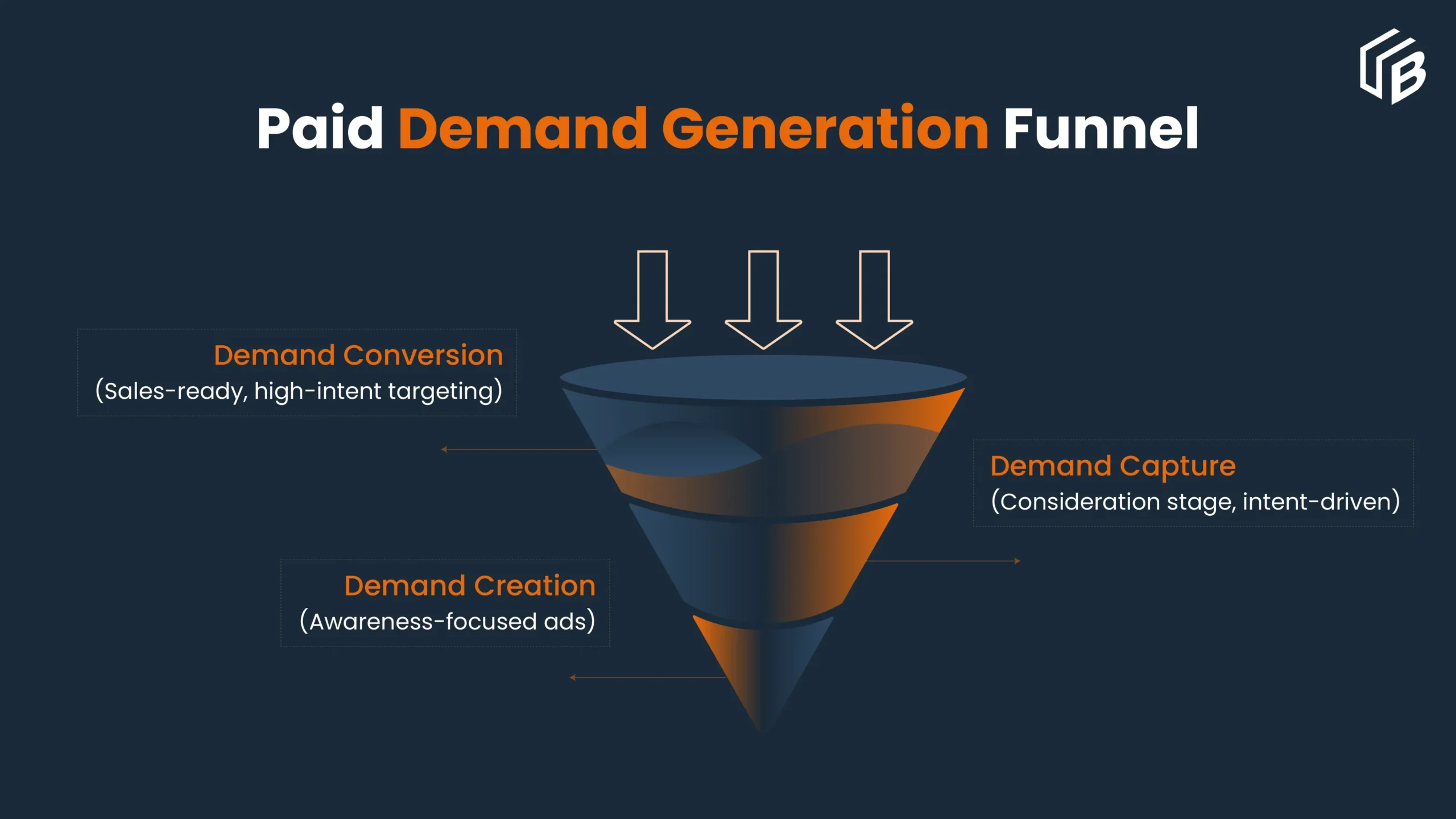
How to Build a Demand Generation Paid Strategy That Actually Works
1. Target the Right Buyers with Intent & Data
Successful paid demand generation starts with knowing who to reach and exactly when.
Instead of casting a wide net, leverage intent data to pinpoint prospects who are actively researching solutions in your category. Combine this with firmographic data (like company size, industry, and location) to narrow down your highest-value segments.
AI and predictive analytics now make it easier to identify and prioritize accounts most likely to convert. Platforms like LinkedIn, programmatic DSPs, and intent data providers allow marketers to deliver highly targeted ads based on real-time behavior and buying signals.
The sharper your segmentation, the less wasted spend and the higher the ROI.
2. Match Messaging & Content to Buying Stage
Even the best-targeted ads won’t work if the messaging doesn’t resonate.
Buyers at different stages of their journey need different types of content:
- Demand Creation (Top of Funnel): Focus on thought leadership, trends, and problem-awareness content that educates your audience.
- Demand Capture (Middle of Funnel): Use comparison guides, solution explainers, and how-to resources that help buyers evaluate options.
- Demand Conversion (Bottom of Funnel): Prioritize demos, case studies, testimonials, and ROI calculators that drive actions and conversions.
Each ad and offer should speak directly to the buyer’s level of awareness and intent. Relevance is what drives results.
3. Choose Paid Channels that Align with B2B Buyer Behavior
Not all paid channels are created equal, especially in B2B.
Your choice of platforms should reflect where your target buyers spend time and how they prefer to engage:
- LinkedIn: Ideal for ABM campaigns and reaching specific job titles, industries, and company sizes.
- Google Ads: Great for capturing bottom-funnel intent through search-based targeting.
- Programmatic Display & Retargeting: Useful for increasing brand recall and nurturing leads across the web.
- Niche Industry Platforms: Offer focused reach within high-intent, highly specialized buyer groups.
The best strategy often includes a mix of these channels, each serving a purpose aligned with the buyer journey.
4. Integrate Paid Demand Gen with Sales Enablement
To get the most value from paid campaigns, marketing can’t work in isolation.
Make sure sales are aligned with your paid strategy by sharing:
- Which audiences are being targeted
- What content and messages are being promoted
- Which accounts or individuals are engaging with ads
These insights can inform sales outreach, helping reps tailor their messaging and timing based on ad engagement signals.
When paid media and sales efforts are connected, you create a seamless experience for the buyer and improve the chances of turning interest into revenue.
How Do You Optimize Paid Demand Gen for Maximum ROI?
To get the most out of your paid media investment, you need to focus on the metrics that actually reflect business impact. That means going beyond impressions and click-through rates and zeroing in on real performance indicators. Key B2B paid campaign KPIs to track include:- Cost-per-Qualified Lead (CPQL): Measures how efficiently you’re acquiring high-quality leads.
- Pipeline Influenced/Created: Helps quantify how much of your sales pipeline can be attributed to paid media.
- Conversion Rates by Funnel Stage: Reveals how well each stage of your campaign is moving buyers forward.
- Return on Investment (ROI): The ultimate measure of how much revenue your paid demand generation efforts are delivering.
Optimizing for ROI means continuously testing and refining your campaigns. That includes:
- A/B testing creative and copy
- Adjusting your targeting criteria
- Reallocating the budget based on performance by platform or segment
AI tools can play a powerful role in automating campaign adjustments, identifying high-performing audience segments, and offering predictive insights to improve future performance.
Final Thoughts: Scaling Paid Demand Generation the Smart Way
At the end of the day, effective paid demand generation isn’t about spending more; it’s about spending smarter.
That means:
- Aligning campaigns with buyer intent
- Choosing the right channels for your audience
- Focusing on metrics that drive real revenue
B2B marketers need to move beyond volume and focus on value. The goal isn’t to flood your CRM with leads but to build a pipeline with prospects who are ready to buy.
If you’re looking to shift from outdated, volume-first tactics to a smarter, ROI-focused approach, UnboundB2B can help. Our demand generation services are designed for B2B marketers seeking to drive meaningful, measurable growth.
FAQs
1. What Is Paid Demand Generation in B2B Marketing?
Paid demand generation is the use of paid media to drive awareness, interest, and conversions throughout the buyer journey, not just capturing leads but creating a high-quality pipeline.
2. How Is Demand Generation Different from Lead Generation?
Lead generation focuses on collecting contact information, while demand generation builds long-term interest by educating and engaging potential buyers across their journey.
3. What’s the Difference Between Demand Creation and Demand Capture?
Demand creation builds awareness and interest before buyers are ready to purchase, while demand capture targets those already in-market and actively searching.
4. Which Paid Channels Work Best for B2B Demand Generation?
Platforms like LinkedIn, Google Ads, programmatic display, and niche industry sites all play roles depending on your buyer’s stage and behavior.
Our blog
Latest blog posts
Tool and strategies modern teams need to help their companies grow.

Learn how to improve lead quality and boost conversion rates in B2B with AI enrichmen...

Unlock the Top 5 templates to boost your go-to-market strategy in 2025–2026 with AI...
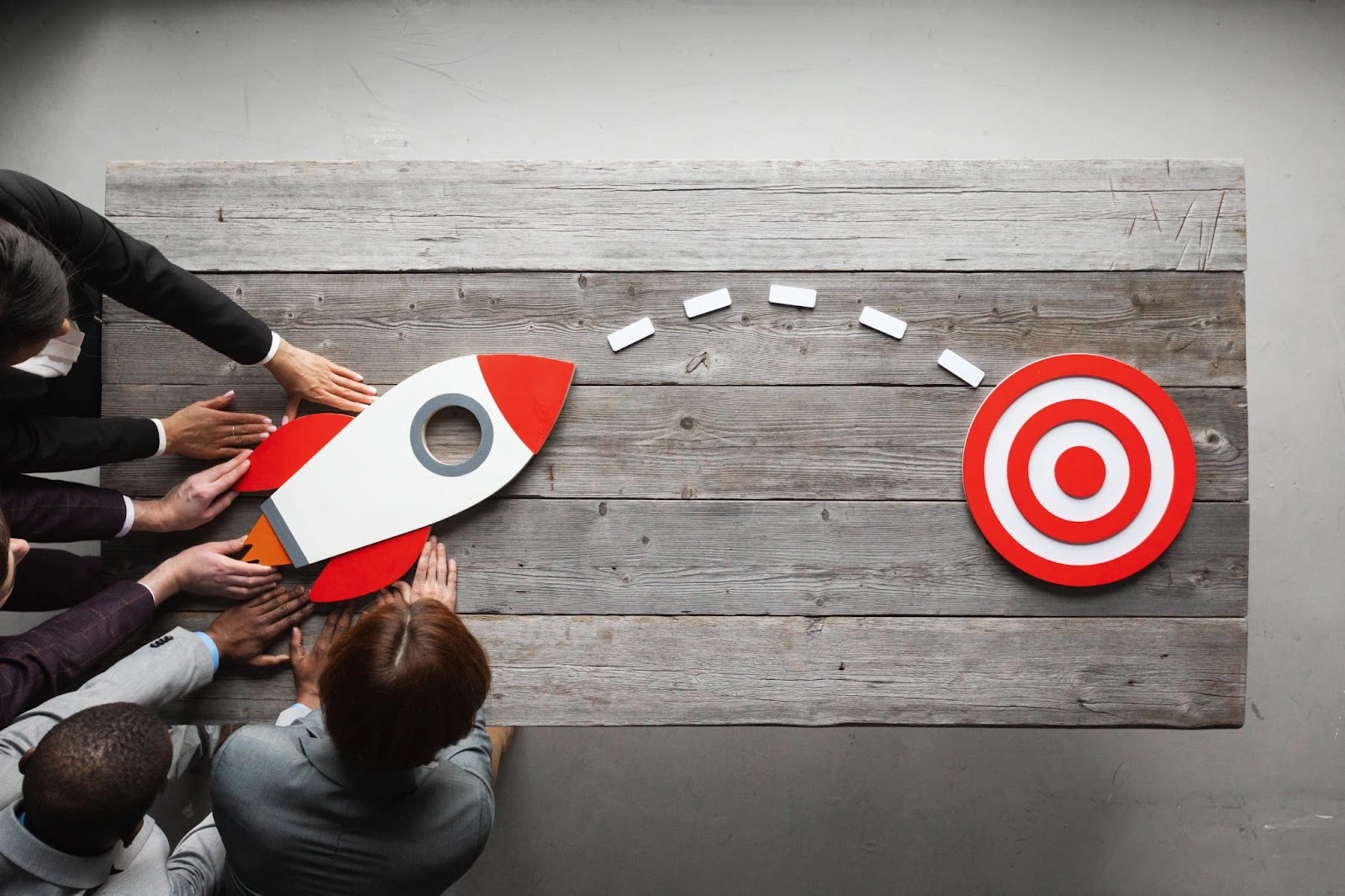
Explore the differences between direct and programmatic ads, their trade-offs, when t...




